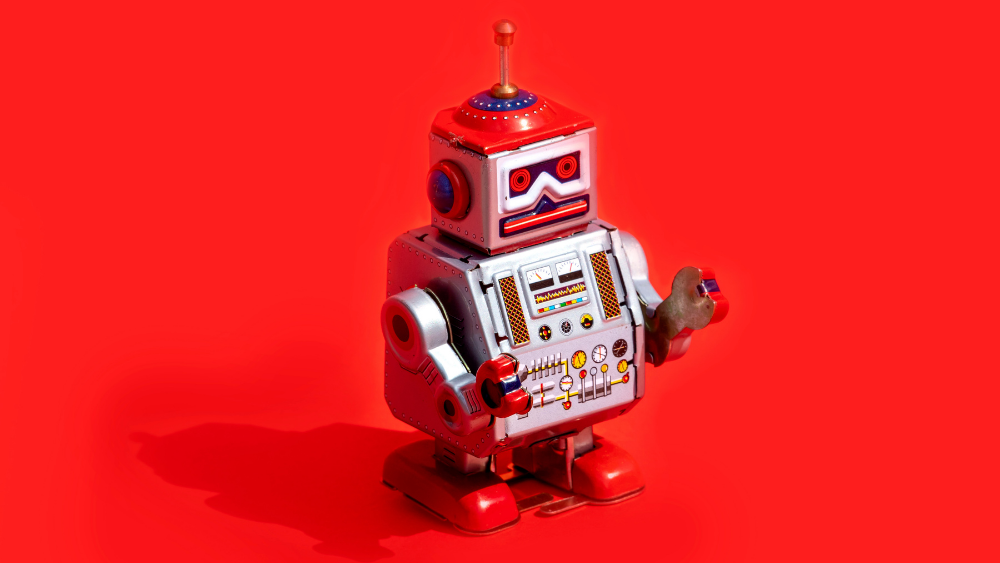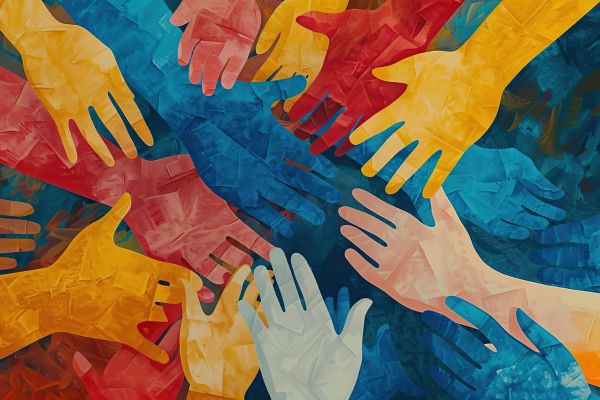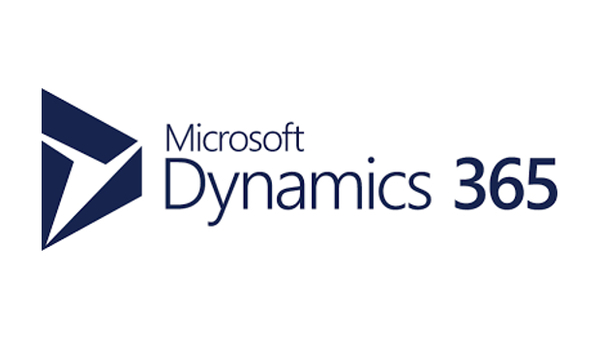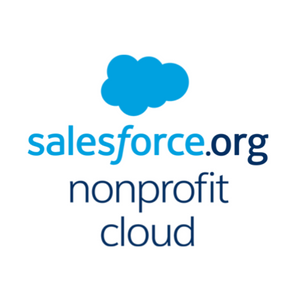Insights
INSIGHTS
All Topics
My Account
How to humanise a chatbot
14 Jun 2023by kirsty marrins
Chatbots can be used in myriad ways, from signposting information to fundraising. Here’s how to ensure your chatbot sounds less ‘robot’ and more human
While chatbots seem like a more recent technology development, the first chatbot was actually developed in 1966 by Joseph Weizenbaum, a professor at the Massachusetts Institute of Technology (MIT). He named the chatbot ELIZA.
Professor Weizenbaum designed ELIZA to mimic human conversation, using a script. His work had a significant impact on natural language processing (NLP) and some experts at the time predicted that in the future, chatbots would be indistinguishable from humans.
Weizenbaum did not share this opinion. He argued they were just tools and an extension of the human mind, not a replacement.
Fast forward to the present day and chatbots are used in numerous industries and in various ways. No doubt you have come across many chatbots in your day-to-day life.
What is a chatbot?
A chatbot is an interface, or artificial intelligence, that can converse with people. They are programmed to be able to understand queries and then respond in a human-like way.
How charities are using chatbots
Here are a few examples of how charities are using chatbots in a number of different ways.
The Jo Cox Foundation has a Loneliness Advice Chatbot with WhatsApp. It directs people who are feeling lonely to reliable and anonymous advice.
The learning disability charity Mencap has an ‘understand me’ chatbot on their website, which guides people through a conversation with Aeren, who was born with a learning disability. Aeren shares information about her life as well as providing statistics on learning disabilities in the UK.
One of the best examples of a chatbot for fundraising and donor stewardship was Wateraid’s Untapped campaign. This was an integrated, multi-channel campaign where people got to meet the villagers in Tombohuaun, Sierra Leone, as they celebrated getting clean water.
Over the campaign period, people could chat to one of the villagers, Sellu, in Facebook Messenger and find out more about his life.
How to humanise a chatbot
Use natural processing language
The best way to optimise and humanise your chatbot is by using NLP. NLP is a tool which helps computers process, interpret and understand the way that people talk and converse.
NLP doesn’t just identify keywords. It gives context and helps the chatbot understand what the user is asking – or what their intent is – so that it can give a more tailored response.
Create a character
When someone gets in touch via Messenger or web chat, they want to feel as though they are speaking with an actual person. One way to mimic a human is to create a character, by giving the chatbot a name and even a face.
The examples above from Mencap and Wateraid show how this can be effective – particularly if you’re trying to steward donors, rather than just signposting to information.
When creating your character, think about what personality they would have, their tone of voice and any mannerisms and then ensure there is consistency throughout the script. It’s important too that the character reflects your brand.
Another example of a chatbot character is ITOK from Is this ok?, which is a partnership between Childline and Runaway Helpline. It’s for young people aged 13 to 18 who are looking for support.
ITOK tells users that they are a robot whose job it is to learn a bit more about what the user needs so that they can then connect them with a real person.
Get the tone right
Tone of voice is so important in all forms of communication. Create a tone of voice for your chatbot that not only reflects your charity brand but that also is appropriate for the channel and purpose of your chatbot.
For example, if your chatbot sits in Messenger, think about adding multimedia content within the conversation – such as emoji or GIFS. Your welcome message when someone starts a chat could be a GIF of someone waving or saying ‘hi there’ for example. When the chat ends, you could have a GIF that waves goodbye.
Use everyday language
If you want to make your chatbot as realistically human as possible, your script needs to mimic everyday language. Forget very formal grammar and language and use more colloquial and informal language instead.
Speak like your audience
It’s important to remember who you’re going to be conversing with and then make sure that you speak like your audience. For example, if you’re a charity who supports young people, your language needs to reflect how young people speak.
They’re likely to use acronyms, such as IKR (I know, right) for example, as well as shorten words such as ‘today’ to ‘2day’ and ‘goodbye’ to ‘GB’.
Make sure that your chatbot is programmed to understand all of the possible acronyms or ‘text speak’ that young people may use so that they both understand the conversation and then use an appropriate scripted response.
More on this topic
Recommended Products
07 Mar 2025by Ioan Marc Jones
A-Z incredible fundraising ideas for charity
07 Mar 2025by Ioan Marc Jones
An A-Z glossary of service delivery terms and definitions
Our Events
Charity Digital Academy
Our courses aim, in just three hours, to enhance soft skills and hard skills, boost your knowledge of finance and artificial intelligence, and supercharge your digital capabilities. Check out some of the incredible options by clicking here.















